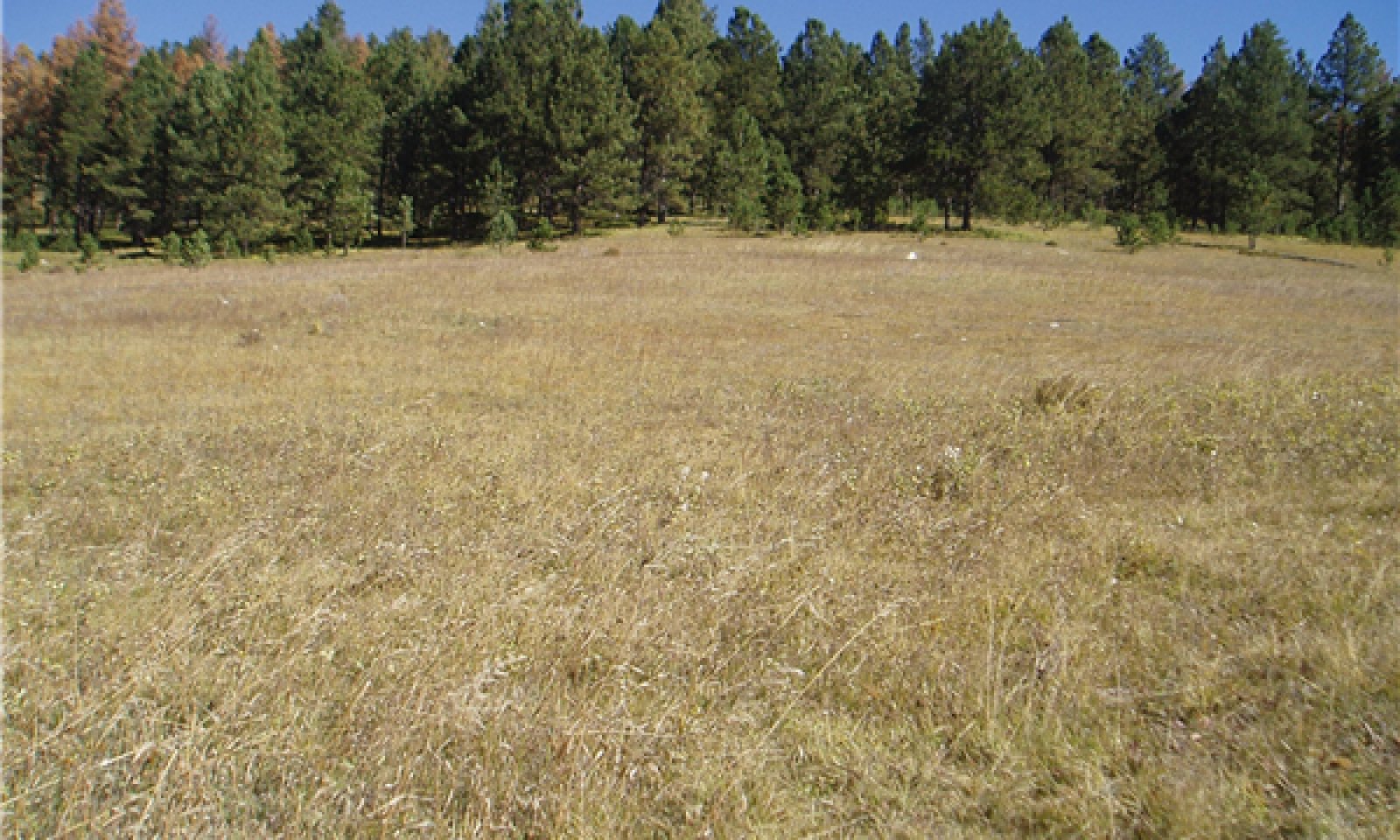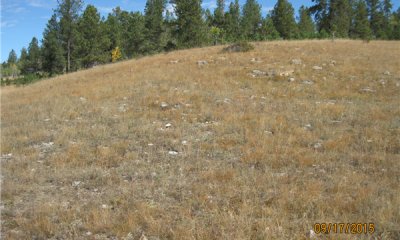
Shallow Loamy - High Central
Scenario model
Current ecosystem state
Select a state
Management practices/drivers
Select a transition or restoration pathway
- Transition 1A More details
- Restoration pathway 2A More details
-
No transition or restoration pathway between the selected states has been described
Target ecosystem state
Select a state
Description
This state represents the natural range of variability that dominates the dynamics in this ecological site. This site is dominated by cool-season grasses with warm-season grasses being subdominant. A diverse group of forbs make up a significant portion of the plant community and shrubs are common. In pre-European times the primary disturbances included fire and grazing by large ungulates and small mammals.
Favorable growing conditions during the spring as well as the warm months of June and July along with routine or occasional fires, inhibit conifer encroachment and contributes to the ecological processes that maintain the reference plant community. Today a similar state can be found in areas where proper livestock use has occurred.
Submodel
Description
This state is dominated by short-grass species and sedges, and is the result of continuous season-long grazing or heavy continuous grazing. Desirable species have been over-utilized and removed or greatly reduced in the plant community. The site has increased runoff and, depending upon the percentage of bare ground, the site can be susceptible to erosion. This state can be very resistant to change.
Submodel
Mechanism
Continuous season-long grazing or heavy continuous grazing will cause a transition from the Reference State to a plant community dominated by shortgrass species in the Shortgrass State. Ponderosa pine may increase on this site, but typically will not develop into canopy cover greater than 8 percent.
Mechanism
Long-term prescribed grazing which provides growing season grazing deferment, along with stocking rates not exceeding carrying capacities and periodic fire or prescribed burning, can restore this plant community to the Reference State. The Shortgrass State can be resistant to change and grazing deferments, but favorable growing conditions will in time help to reestablish the plant community; however, management goals may not be achieved.
Model keys
Briefcase
Add ecological sites and Major Land Resource Areas to your briefcase by clicking on the briefcase (![]() ) icon wherever it occurs. Drag and drop items to reorder. Cookies are used to store briefcase items between browsing sessions. Because of this, the number of items that can be added to your briefcase is limited, and briefcase items added on one device and browser cannot be accessed from another device or browser. Users who do not wish to place cookies on their devices should not use the briefcase tool. Briefcase cookies serve no other purpose than described here and are deleted whenever browsing history is cleared.
) icon wherever it occurs. Drag and drop items to reorder. Cookies are used to store briefcase items between browsing sessions. Because of this, the number of items that can be added to your briefcase is limited, and briefcase items added on one device and browser cannot be accessed from another device or browser. Users who do not wish to place cookies on their devices should not use the briefcase tool. Briefcase cookies serve no other purpose than described here and are deleted whenever browsing history is cleared.
Ecological sites
Major Land Resource Areas
The Ecosystem Dynamics Interpretive Tool is an information system framework developed by the USDA-ARS Jornada Experimental Range, USDA Natural Resources Conservation Service, and New Mexico State University.




